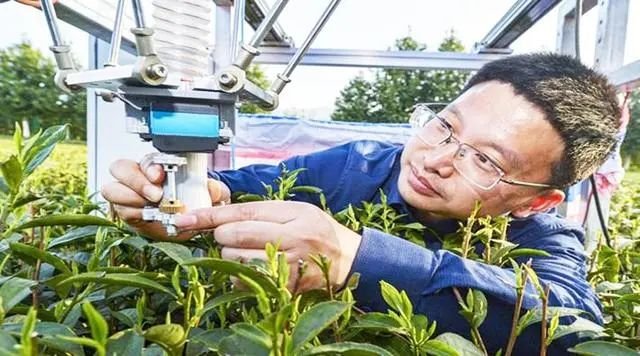In recent years, the aging trend of the agricultural labor force has significantly intensified, and the difficulty in recruiting and expensive labor has become a bottleneck restricting the development of the tea industry. The consumption of manual picking of famous tea accounts for about 60% of the management labor force of the entire tea garden, while the flower buds of high-end famous tea are delicate, with different growth positions, postures, and densities, especially in the unstructured environment that changes with the breeze and light. Machine picking difficult to realize. Therefore, the research on intelligent tea picking technology and the selection of suitable tea plucking machines and tea processing machines are of great significance for promoting the development of my country’s tea industry.
At present, the research on high-end brand-name tea picking machines at home and abroad has just started, and it is still in the stage of conceptual prototype testing. There are still some challenges in practical application, such as the current agricultural production has problems such as the incompatibility of agricultural machinery and agronomy, the identification of sprouts is greatly affected by light, and it is difficult to segment images with similar backgrounds and sprouts. Compared with traditional machine learning, the emergence of tea garden machines and tea processing machines is based on the bud and leaf recognition method of deep learning, but requires a large number of labeled samples for training, and has an increase in network complexity, and hardware system upgrades are also a problem.With the rapid development of machine vision and artificial intelligence technology, this provides a good foundation for the research and development of intelligent tea plucking machines. In the future, the intelligent tea picking machine will have the following development trends. The current difficulties in tea bud identification and localization lie in the diversity of tea species and growing environment, the tea bud identification strategy under overlapping occlusions, dynamic interference, and the poor stability and versatility of the algorithm. In the future, data collection should be carried out on tea images of tea gardens of different varieties, different tea seasons, different grades, different origins, and different lighting conditions, so as to realize the expansion of tea image sample data sets, enrich the diversity of samples, and establish multi-variety and multi-grade tea buds. Leaf databases improve the generality of algorithms. The texture of tea buds is relatively soft, and traditional picking machines are easy to cause damage to the buds.
At the same time, in the chaotic and breezy environment of tea gardens, positioning errors and random errors are prone to occur. Therefore, the tea garden processing machine must not damage the tender buds when working, and use an appropriate error compensation method. Therefore, it is necessary to study flexibility with fault tolerance. The end picks up the effector. According to the requirements of light, flexible and high-speed tea-picking manipulator, through the lightweight design of the structure and the corresponding motion control algorithm, the tea-picking end-picking actuator and its control system can be realized. At the same time, the efficiency of single-ended pickup actuators is too low. In the future, in order to further improve the efficiency of tea picking, multi-terminal picking actuators and efficient control systems should be developed to realize task allocation and motion coordination planning of multi-terminal picking actuators and improve tea picking efficiency.
Post time: Aug-02-2022

